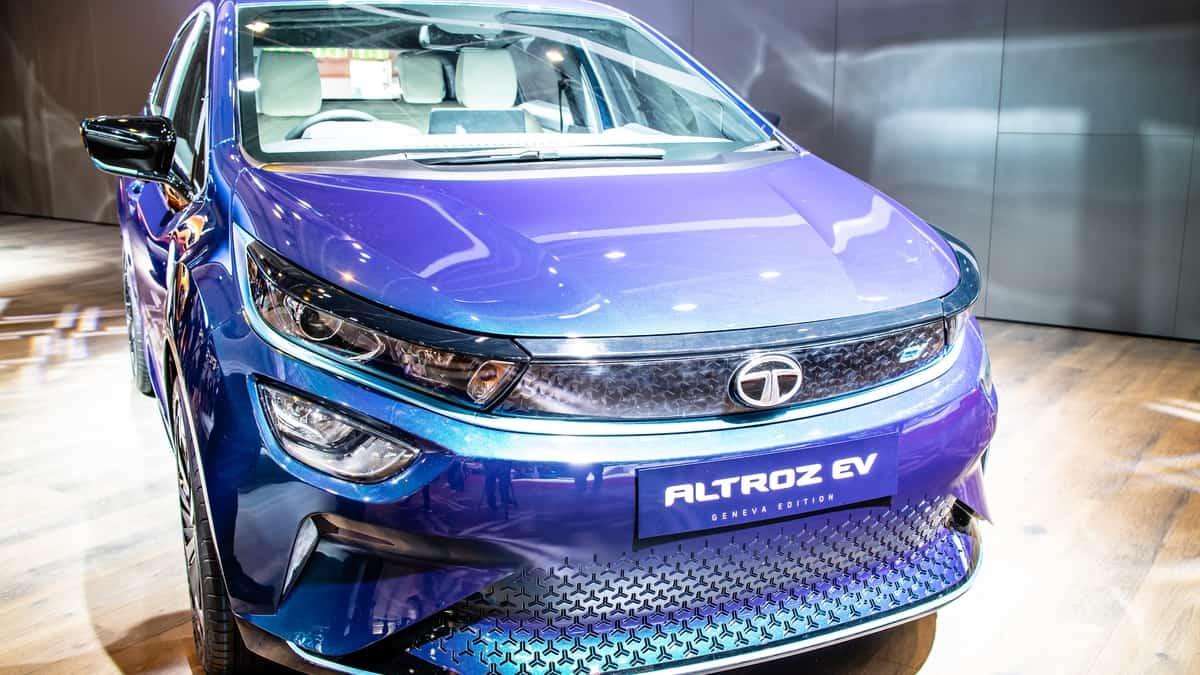Indian legacy automaker Tata Motors urges the government to support the growing electric vehicle industry through subsidies or incentives until the adoption rate hits at least 20%.
“The global case studies indicate that support for about 20% EV adoption is certainly helpful. It would be good if this is the case in India as well.”
Balaje Rajan, Chief Strategy Officer, Tata Passenger Electric Mobility (via ETAuto)
According to the Tata Motors executive, this minimum threshold can sustain Indians’ interest in electric vehicle technology.
“What we see is that once we reach about 20% EV adoption, the customer interest is pretty much locked in. It ensures enough scale and momentum in the market.”
Balaje Rajan, Chief Strategy Officer, Tata Passenger Electric Mobility (via ETAuto)
Context
CSO Rajan’s recent remarks were apparently in response to a query asking Tata Motors’ stance on a potential import tax reduction on hybrid electric vehicles.
The executive highlighted the need for the government to decide which vehicle tech it aims to promote to achieve its carbon neutrality targets.
“The government, as part of its commitment towards zero-emission economy, needs to be very clear in terms of where they are going to put their money.”
Balaje Rajan, Chief Strategy Officer, Tata Passenger Electric Mobility
For context, the Indian government taxes 5% on electric vehicles, while hybrid cars reach 43%. It indicates a slight gap from the petrol-powered cars tax of 48%.
EV adoption
Electric vehicles currently account for less than 2% of India’s total car sales. However, the government seeks to hit 30% EV share by the end of the decade.
That said, Tata Motors urges the government not to shift from EVs to hybrids amid Japanese automakers’ call for hybrid car tax reduction.
“We firmly believe, we have been explicit about it for valid reasons, that is where support is needed.”
Balaje Rajan, Chief Strategy Officer, Tata Passenger Electric Mobility
CSO Rajan even noted that the government must not offer subsidies for a “transient” technology, while referring to HEVs.
Tata’s strategy
Tata aims to hit more than 75,000 sales in 2024. In that sense, the company aims to establish a reliable charging network to support the growing number of EVs on the road.
“We believe in open collaboration and want to provide a single point discovery single-point discovery solution. We have taken a step to be an aggregator for our users, where we will take APIs from the leading charge point operators (CPOs) in India.
There are over 7000 chargers that the public can access today all across India, compared to only about 5900 CNG stations.”
Balaje Rajan, Chief Strategy Officer, Tata Passenger Electric Mobility
Impressively, Tata Motors sold 69,153 electric vehicles in CY 2023. It indicates a year-on-year increase of 59% from just 43,451 EVs in the prior year. It currently has four battery-electric vehicles in its lineup, including the Nexon, Tigor (and Xpres-T EV for fleet buyers), Tiago, and Punch.
Tata Motors’ intensified electric vehicle push will undoubtedly aid India in its efforts to achieve 30% EV share by 2030.

